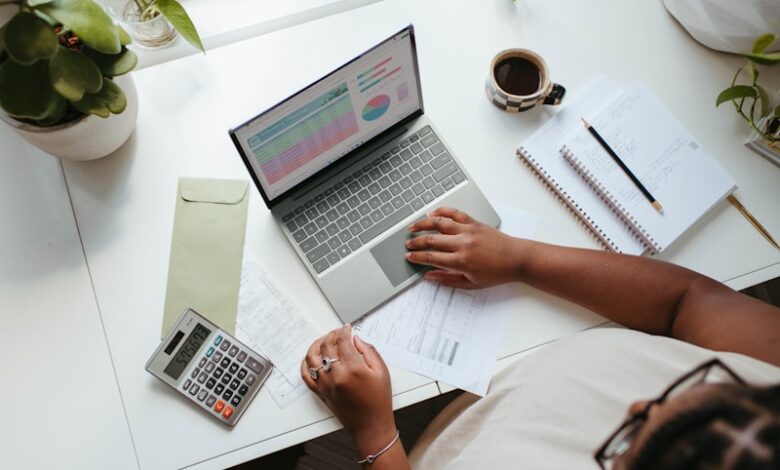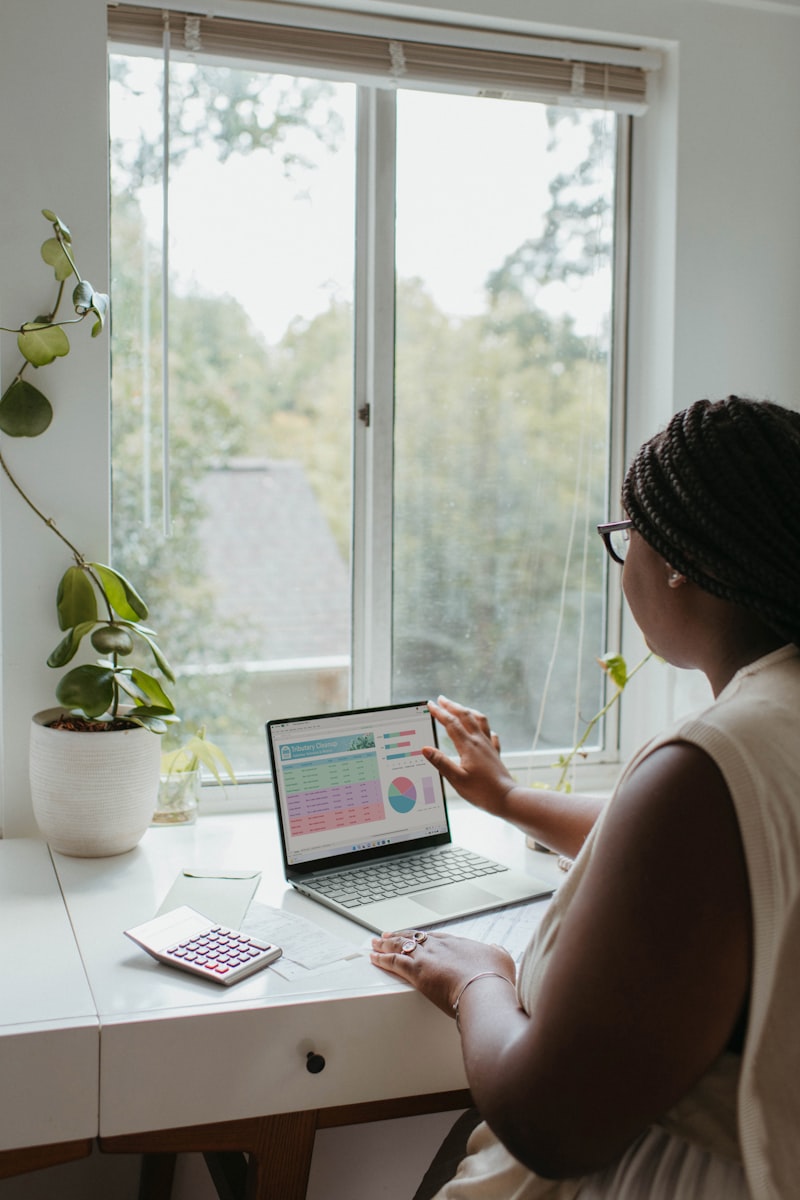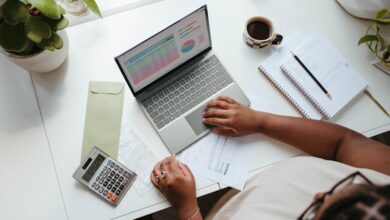Exercise and Health During Menstruation


Are you curious about how exercise can impact your health during menstruation? Well, let’s dive right in! Many women may wonder if it’s safe and beneficial to engage in physical activity during their monthly cycle. The good news is that exercise can actually be quite beneficial for both your physical and mental well-being.
During menstruation, some women experience discomfort or pain due to cramps. Engaging in light to moderate exercise can help alleviate these symptoms by increasing blood flow and releasing endorphins, which act as natural pain relievers. You don’t have to push yourself too hard; even gentle activities like walking, yoga, or swimming can provide relief and boost your mood.
Exercise also plays a significant role in managing hormonal changes during menstruation. It helps regulate hormone levels, potentially reducing PMS (premenstrual syndrome) symptoms such as mood swings, fatigue, and bloating. Regular physical activity can enhance your overall mood and reduce feelings of stress and anxiety.
If you’re concerned about heavy bleeding, it’s important to listen to your body. Avoid high-impact activities that could exacerbate the flow. Instead, opt for low-impact exercises like cycling or using an elliptical machine. These activities are gentler on your body while still providing cardiovascular benefits.
Staying hydrated is crucial, particularly during menstruation. Drinking plenty of water before, during, and after exercise will help you maintain optimal hydration levels. Remember to wear comfortable and breathable clothing to keep you cool and prevent any potential skin irritations.
It’s essential to understand that every woman’s body is unique, and what works for one person may not work for another. If you’re unsure about which exercises are suitable for you during menstruation, consult with your healthcare provider.
Exercising during menstruation can have numerous positive effects on your physical and mental health. From reducing menstrual pain to managing hormonal changes and enhancing your mood, staying active offers a range of benefits. So, the next time your period arrives, consider incorporating some light to moderate exercise into your routine and experience the positive impact it can have on your overall well-being.
Breaking Barriers: How Exercise Can Benefit Women’s Health During Menstruation

Introduction:
Hey there! Have you ever wondered how exercise can affect women’s health during menstruation? Well, let’s dive into the amazing ways in which physical activity can actually benefit women during this time of the month. Contrary to popular belief, engaging in exercise can help break barriers and promote overall well-being.
Embracing the Flow:
During menstruation, women often face various challenges, such as cramps, bloating, and mood swings. It’s tempting to curl up in bed with a hot water bottle and Netflix, but guess what? Engaging in exercise can be incredibly beneficial!
-
Relieving Menstrual Pain:
Exercise releases endorphins, our body’s natural painkillers, which can help alleviate menstrual cramps. By getting active, whether it’s going for a jog, taking a yoga class, or dancing to your favorite tunes, you can experience relief from those pesky period pains. -
Boosting Mood and Energy Levels:
Ever noticed how exercise can lift your spirits and increase your energy levels? The same applies during menstruation. Physical activity stimulates the production of serotonin and dopamine, also known as the “feel-good” chemicals in our brain. So, don’t let your period dampen your mood—get moving and feel the positive vibes flowing! -
Improving Blood Circulation:
Exercise gets your blood pumping and boosts circulation throughout your body. This increased blood flow can help reduce the duration and intensity of your period. So, lace up those sneakers and get ready to break down some barriers! -
Managing Stress and Anxiety:
Menstruation can sometimes bring unwanted stress and anxiety. However, exercise acts as a great stress-buster! Whether it’s a leisurely walk in nature or a high-intensity workout, physical activity helps release tension and promotes a sense of calmness. -
Promoting Hormonal Balance:
Did you know that exercise can also contribute to hormonal balance? Regular physical activity can help regulate estrogen and progesterone levels, which in turn may lead to more regular menstrual cycles and fewer hormonal imbalances.
In Conclusion:

Now that you know the incredible benefits exercise can bring during menstruation, why not embrace the flow and reap these rewards yourself? Remember, listening to your body is key. Start with light exercises and gradually increase intensity as you feel comfortable. Breaking barriers and improving women’s health during menstruation has never been this invigorating!
The Menstruation Myth: Debunking Common Exercise Misconceptions
Introduction:
Have you ever heard someone say that women shouldn’t exercise during their period? Or maybe you’ve come across the belief that physical activity can disrupt menstruation? It’s time to debunk these common misconceptions surrounding exercise and menstruation. Contrary to popular belief, exercising during your period is not only safe but also beneficial for your overall well-being. Let’s dive into the details and separate fact from fiction.
The Myth of Exercising During Menstruation:
One prevalent myth suggests that engaging in physical activity during menstruation can be harmful or even lead to irregular periods. However, there is no scientific evidence supporting this claim. In fact, moderate exercise can alleviate menstrual symptoms such as cramps and mood swings by releasing endorphins, which act as natural painkillers and mood boosters. Staying active during your period can help you feel more energized and reduce discomfort.
Exercise and Hormonal Balance:
Another misconception is that exercise can disrupt hormonal balance during menstruation. In reality, exercise has minimal impact on hormone levels during this time. Hormones like estrogen and progesterone fluctuate naturally throughout the menstrual cycle, regardless of exercise. Regular physical activity can actually promote hormonal balance by reducing stress levels and improving overall health.
Choosing the Right Exercises:
While exercise is generally encouraged during menstruation, it’s essential to listen to your body and choose activities that suit your comfort level. Low-impact exercises like walking, swimming, cycling, and yoga are excellent choices that can provide relief and relaxation. These activities help increase blood circulation, decrease muscle tension, and improve mood without putting excessive strain on the body.

Managing Discomfort:
If you experience severe menstrual symptoms, adjusting your exercise routine may be necessary. For instance, opting for lighter workouts or incorporating gentle stretching exercises can help alleviate discomfort. It’s vital to prioritize self-care and tune in to your body’s needs during this time.
Conclusion:
Empowering Women: The Role of Exercise in Managing Menstrual Symptoms

Are you tired of feeling helpless and frustrated every month when your menstrual symptoms strike? Do you wish there was a natural and empowering way to take control of your body and regain your sense of well-being? Look no further than exercise! Yes, you heard it right. Exercise can play a pivotal role in managing those pesky menstrual symptoms and empowering women to lead healthier lives.
When Aunt Flo pays her monthly visit, many women experience a range of uncomfortable symptoms such as cramps, bloating, mood swings, and fatigue. It may seem counterintuitive, but engaging in regular physical activity can actually alleviate these symptoms and provide much-needed relief. So, how exactly does exercise work its magic?
Firstly, exercise stimulates the release of endorphins, often referred to as the “feel-good” hormones. These chemicals act as natural pain relievers and mood boosters, helping to combat those dreaded menstrual cramps and ease irritability. Just imagine the soothing effect of a warm embrace, but delivered by your own body!
Additionally, exercise improves blood circulation, which can effectively reduce bloating and water retention commonly experienced during menstruation. As you engage in physical activity, your heart pumps faster, sending oxygen-rich blood to all parts of your body. This enhanced circulation helps flush out excess fluids and reduces that uncomfortable bloated feeling, allowing you to feel lighter and more comfortable in your own skin.
Furthermore, regular exercise has been shown to regulate hormone levels in the body. Hormonal imbalances often contribute to mood swings and emotional turmoil during the menstrual cycle. By incorporating exercise into your routine, you can restore hormonal balance, leading to a more stable emotional state and an increased sense of well-being.
But wait, there’s more! Exercise isn’t just about alleviating symptoms; it’s also about fostering strength and resilience. Engaging in physical activity builds not only physical but also mental fortitude. It teaches us to push through discomfort, overcome challenges, and embrace our bodies’ capabilities. By cultivating this empowerment, women can face their menstrual symptoms head-on and emerge stronger and more confident.
Unlocking the Power Within: How Exercise Boosts Mood and Reduces Pain During Menstruation
Introduction:
Do you ever feel like your body is conspiring against you during that time of the month? Menstruation can bring about a whirlwind of emotions and physical discomfort. However, there is a powerful remedy hidden within our own bodies – exercise. Yes, you heard it right! Engaging in physical activity not only boosts your mood but also helps alleviate menstrual pain. Let’s explore how exercise unlocks this hidden power within us.
The Connection Between Exercise and Mood:
Have you ever noticed that after a good workout, you feel uplifted and happier? Exercise stimulates the production of endorphins, often referred to as the “feel-good” hormones. These chemicals act as natural mood boosters, reducing stress and promoting overall well-being. By incorporating regular physical activity into your routine, you can harness the power of endorphins to combat mood swings and emotional turbulence associated with menstruation.
Reducing Menstrual Pain through Exercise:
It may seem counterintuitive, but engaging in physical activity during menstruation can actually help reduce menstrual pain. When we exercise, our body releases endorphins, which not only improve our mood but also act as natural pain relievers. Endorphins block pain signals and create a sense of euphoria, effectively reducing the intensity of menstrual cramps. Additionally, exercise increases blood flow to the pelvic region, providing relief from muscle tension and promoting uterine contractions, which aids in shedding the uterine lining.
Types of Exercise for Menstrual Relief:
Now that we understand the benefits of exercise during menstruation, let’s explore some suitable activities. Low-impact exercises like walking, swimming, and yoga are gentle yet effective in reducing pain and improving mood. These activities help stretch and strengthen the muscles while avoiding excessive strain on the body. Engaging in aerobic exercises, such as cycling or dancing, can also provide relief by increasing circulation and releasing endorphins.
Conclusion:




